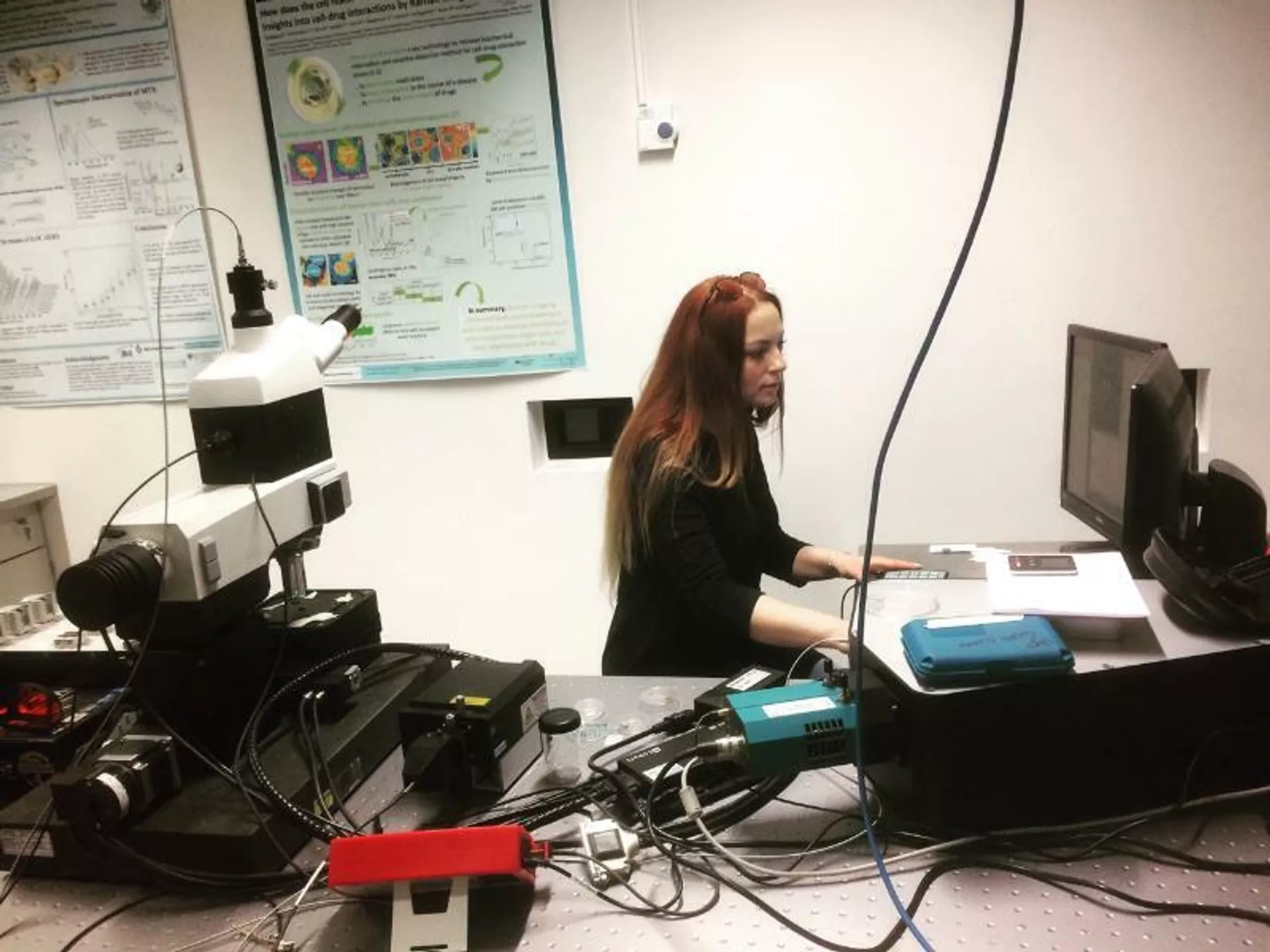New Material to Protect Against Radiation Created in Russia
05:00 GMT 20.10.2021 (Updated: 13:32 GMT 06.08.2022)

© Flickr / Michael Kappel
Subscribe
Scientists from South Ural State University (SUSU, Chelyabinsk, Russia) have proposed an alternative to lead to protect against radiation.
According to the team of scientists, the new material can be used to produce a special type of glass for those industries working with radiation, for instance, it can be applied in radiation therapy used in medicine to cure cancer. The study was published in the journal Optical Materials.
In oncology, radiation therapy is widely used to treat malignant tumours. At the same time, it is important to protect medical personnel from radiation, as well as healthy areas of a patient's body and sensitive elements of equipment. Shields, helmets, and safety goggles made of a special glass are used for protection, the experts said. However, they usually contain lead, which is very toxic, difficult, unstable, and hard to recycle.

Darya Tishkevich
© Photo : Darya Tishkevich personal archive
The SUSU scientists created their material based on a chemical compound of strontium and boron oxides, as well as tellurium dioxide (SrO–B2O3–TeO2), which lead-free protective glass can be made of.
"We have proposed a brand new material to replace lead, and we have shown that it is capable of effectively shielding gamma radiation. Strontium-borate-tellurium glass has both a high density and an effective atomic number. Strontium oxide is also a heavy metal oxide, and when added to glass, it increases the density of the material, which is important for radiation protection", said Darya Tishkevich, assistant research worker from SUSU's Crystal Growth Laboratory.
In February 2003, the European Union issued a directive to restrict hazardous substances (Restriction of Hazardous Substances) in order to protect people and the environment. According to the directive, lead is at the top of the hazardous substances list.
Therefore, specialists in many parts of the world continue to work on new materials to replace lead not only in medicine but also in other areas.
"Protection against ionising radiation is needed not only in medicine, but also in nuclear, aerospace, and scientific activities. For example, radiation-protective glasses, helmets, windows, shields made of the new material can be installed in a wall", Tishkevich noted.

Darya Tishkevich
© Photo : Darya Tishkevich personal archive
The scientists from SUSU believe that the relatively simple production technology, the ability to form glass of different thicknesses and shapes, and most importantly, the high values of shield efficiency make the new material highly competitive.
According to its creators, relatively low costs are another advantage, and because the material does not require pricey raw materials like cerium, for instance, it is significantly less expensive than existing analogues on the market.

